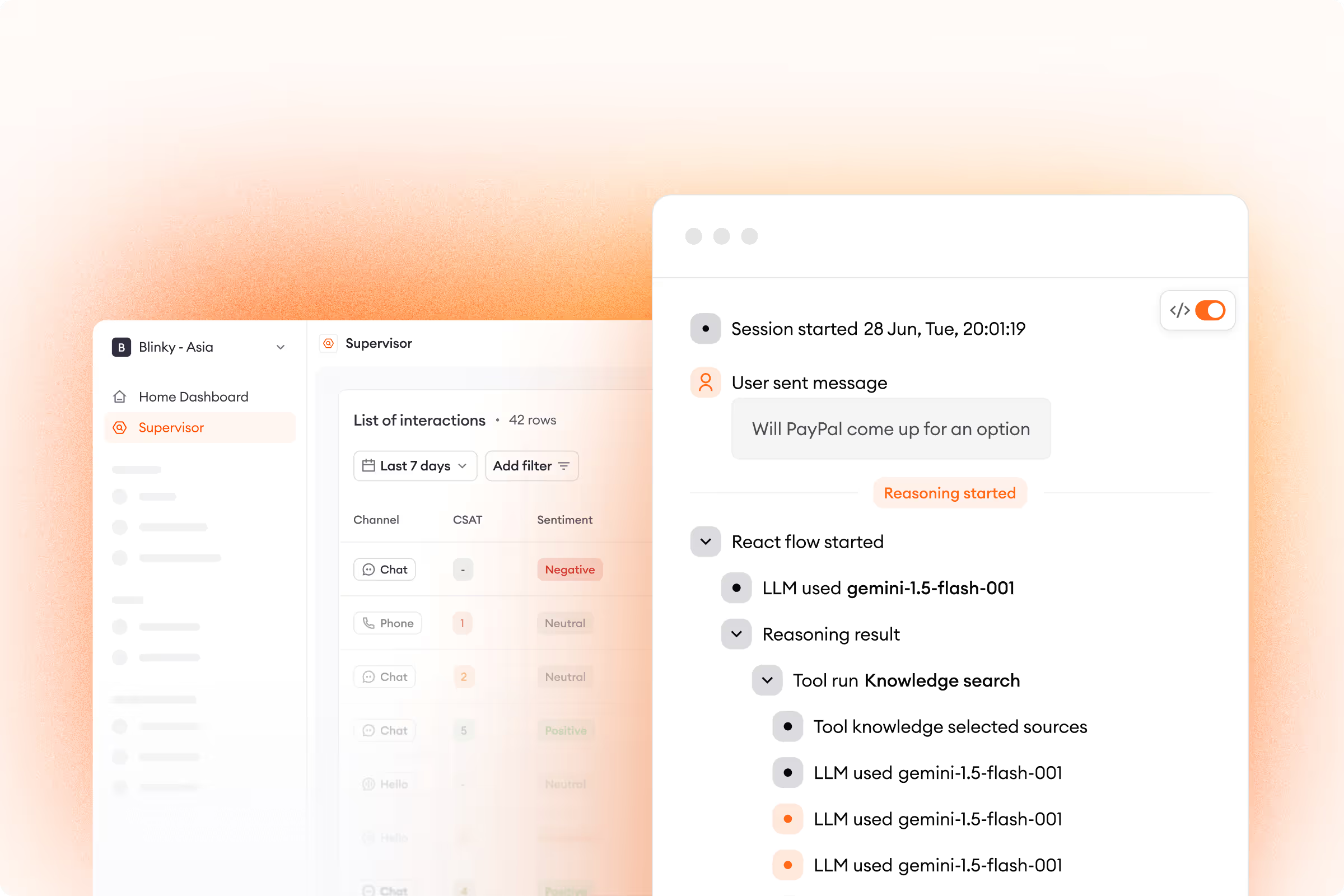Has your ecommerce revenue growth stalled? If so, you’re not alone. Each year, it’s becoming more difficult to stand out.
A recent market report found that the average cost per site visit was up 9% in 2023. Meanwhile, 6 out of 10 ecommerce websites saw a drop in conversions. The truth is, those stats only tell half the story.
While increasingly expensive, digital marketing initiatives drive qualified, interested shoppers to your website. The problem is they’re abandoning the process at the worst point – the end. In fact, the Baymard Institute found that, on average, 70% of online shopping carts are abandoned.
So, what can brands do to fix this and improve conversion rates? Maja Schaefer, Zowie CEO and Co-Founder, along with Will Holtz, VP of Strategy & Operations at Prescient AI, discussed five game changers ecommerce brands can start using today.
.avif)
5 ecommerce game changers to elevate your online experience
#1 Turn SMS into a two-way conversation
SMS stands for short message services and is commonly known as texting. On average, SMS marketing has a better open rate (98% vs. 34%) and click-through rate (10.66% vs. 2.66%) than email.
With its reach and price, businesses have consistently leveraged SMS as a cost-effective approach for reaching a broad target audience.
However, this conversation only goes one way. Businesses make their pitch, and it’s on the user to take action.
Instead, brands should use this as an opportunity to begin a conversation. Rather than simply directing them to your ecommerce site, ask what their current needs are, answer product questions that might prevent a sale, and be there to deliver the information that allows them to make an informed decision.
Doing so transforms SMS marketing from another ad channel into a tool for high-quality conversations that drive value.

#2 Automate product questions
How long does it take you to respond to customers? A couple of seconds, minutes, or even a few days. 90% of shoppers said an “instant reply” (10 mins or faster) was very important to them.
At Zowie, we’ve found that 20% of customer support questions are product-related. From wanting to know the material it’s made of to capabilities and different color options, this exchange is typically the final hurdle ecommerce businesses must clear before making a sale.
Those who are unable to reply immediately — no matter the day, time, or channel — are leaving revenue on the table. Your shoppers want this information now, and if they’re asked to wait, they’ll simply go somewhere else.
Automation can serve as your effective solution. For example, Zowie’s AI-powered chatbot can fully resolve over 70% of ecommerce questions without involving an agent.
With automation, you can overcome objections, recommend alternatives for out-of-stock items, and even identify complementary options to increase average order value (AOV) based on the customer's cart in real time. No matter what they need, you're there to divert instant answers every step of the way.

#3 Understand unit economics across all channels
It’s important to understand where your product(s) sell best, and the margins for each channel. For example, while your product might have a lower price point when sold on a marketplace (think Amazon), having them deliver it for you could be more cost-effective.
Thinking about the top and bottom lines can help brands become more efficient and effective when every dollar counts.
For Will, understanding unit economics changed how he and his team approached their ecommerce strategy and even influenced product packaging. Learn more about this in the video below.
#4 Be consistent in your messaging
What need(s) does your product(s) address? Having an internal discussion is one thing, but it’s important for your customers to easily understand and recognize your value.
Think about who you’re trying to reach, how they consume content, and the problem(s) they’re working to solve. Once you’ve identified this, it’s important to share your value clearly and consistently across all platforms. Whether it's in blogs, social media, or ads, use your channels to reinforce what makes you special.
Being clear and consistent doesn’t just eliminate confusion; it allows you to resonate better with prospects while targeting the keywords most relevant to your audience. The more content you build around these keywords, the more likely people will interact with your brand organically as they browse the web.
#5 Use AI to analyze and act on customer feedback
“Everything bad that happens in your business, your customer service knows first.”
Maja Schaefer, Zowie CEO and Co-Founder
Your customer team is the first to know when something isn’t right — whether that’s an issue with deliveries, returns, or even the product itself. However, as businesses grow, it can be hard to spot and address issues before they become major problems.
For example, if you have 100 customer support agents, they might only hear about the problem once a day. With that cadence, dismissing it as a one-time occurrence is easy. Rather than being able to address the issue immediately, you likely won't even know it's a problem until you start seeing the negative reviews — and by then, it's too late.
Artificial Intelligence (AI) can alert you to problems in real time. With AI, you can collect and analyze customer feedback instantly, allowing you to make data-driven decisions across the entire organization. Now, whether someone comments on Facebook, leaves a negative product review, or logs a complaint with your chatbot, you'll be able to see it right away and know if others are having the same issue.
Furthermore, once you've spotted a trend, you have the power to be proactive and address the issue—whether it's notifying customers of a shipping delay or noting that the product runs small—before it escalates.
Get actionable insights every month
Looking for more great insights? Subscribe to the Zowie Report — your monthly newsletter on all things CS, AI, and their impact on the customer experience.
.avif)







